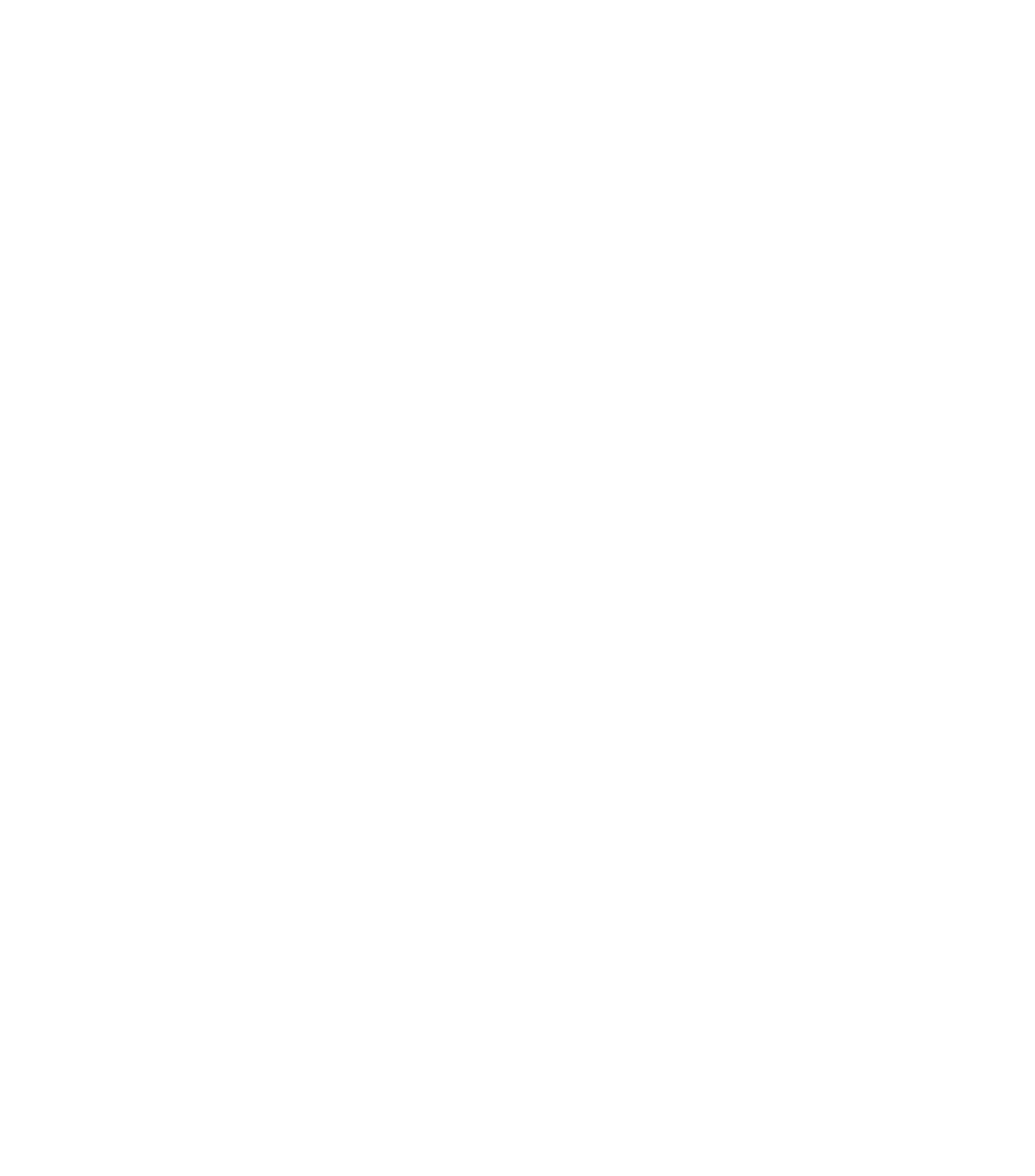Anxiety is a common emotion experienced by many individuals. However, when it becomes excessive, persistent, or interferes with daily functioning, it can be considered an anxiety disorder. In this article, we will explore the signs and symptoms of anxiety, providing insights into identifying and managing this mental health condition.
Understanding Anxiety: What is it?
Anxiety is a natural response to stress, and it's important to recognize that everyone experiences it to some extent. However, when anxiety becomes overwhelming and disrupts daily life, it may be a sign of an anxiety disorder. Anxiety disorders can take various forms, including generalized anxiety disorder (GAD), panic disorder, social anxiety disorder, and specific phobias.Generalized Anxiety Disorder (GAD)
GAD is characterized by excessive worry about a variety of everyday issues, such as work, finances, health, or relationships. This worry is persistent and difficult to control, leading to significant distress and impairment in daily functioning.Panic Disorder
Panic disorder involves recurrent, unexpected panic attacks, which are sudden episodes of intense fear accompanied by physical symptoms like racing heart, shortness of breath, and dizziness. People with panic disorder may develop a fear of future attacks, leading to avoidance of situations or places that could trigger them.Social Anxiety Disorder
Social anxiety disorder is characterized by a fear of social situations and excessive self-consciousness in everyday social interactions. This fear may arise from a concern about being judged or humiliated by others, leading to avoidance of social situations and significant distress.Specific Phobias
Specific phobias involve an intense, irrational fear of a specific object or situation. Common examples include fear of heights, fear of spiders, or fear of flying. People with specific phobias may go to great lengths to avoid the feared object or situation, resulting in significant distress and impairment in daily life.Anxiety Symptoms: What to Look For
The symptoms of anxiety can manifest differently in each individual, but some common indicators include:- Persistent worry or fear that is difficult to control
- Restlessness or feeling on edge
- Difficulty concentrating or finding one's mind going blank
- Irritability
- Muscle tension
- Sleep disturbances, such as difficulty falling or staying asleep, or restless and unsatisfying sleep
- Fatigue
- Feeling of impending doom or danger
- Nausea or gastrointestinal issues
- Sweating, trembling, or shaking
The Fight or Flight Response
Anxiety can trigger the body's fight or flight response, which is an automatic physiological reaction to perceived threats. This response can cause symptoms such as a rapid heartbeat, shortness of breath, and an increased sense of alertness. Understanding how this response impacts mental health is crucial in managing anxiety symptoms.Managing Anxiety: Strategies and Techniques
There are various strategies and techniques that can help you manage anxiety, including:- 5 Practical Strategies for Managing Anxiety: These strategies include breathing exercises, progressive muscle relaxation, and grounding techniques, all of which can help alleviate anxiety symptoms.
- Cognitive-behavioral therapy (CBT): CBT is a form of psychotherapy that focuses on identifying and changing negative thought patterns and behaviors. This therapy can be particularly effective in treating anxiety disorders.
- Exposure therapy: For certain types of anxiety disorders, such as phobias and social anxiety disorder, exposure therapy can be an effective treatment option. This approach involves gradually and systematically facing the feared object or situation, helping to reduce the intensity of the anxiety response over time.
- Meditation and Mindfulness: Incorporating meditation into your daily routine can help you develop mindfulness, which is the ability to be present and aware of your thoughts, feelings, and bodily sensations without judgment. Mindfulness practices have been shown to reduce anxiety and improve overall mental health.
- Exercise and Mental Health: Engaging in regular physical activity has been shown to reduce anxiety levels and improve overall mental health. Exercise can act as a natural mood booster by increasing the production of endorphins, which are the body's "feel-good" chemicals.
- Medication: In some cases, medication may be prescribed to help manage anxiety symptoms. Common medications for anxiety disorders include selective serotonin reuptake inhibitors (SSRIs), benzodiazepines, and beta-blockers. It's essential to consult a healthcare professional before starting any medication for anxiety.
- Support groups: Connecting with others who share similar experiences with anxiety can be comforting and provide a sense of community. Support groups offer a safe space for individuals to share their feelings, learn from others, and gain coping strategies.
Lifestyle Changes to Support Anxiety Management
In addition to the strategies and techniques mentioned above, adopting certain lifestyle changes can also contribute to reducing anxiety levels. These changes may include:- Establishing a regular sleep schedule: Prioritizing sleep is crucial for mental health. Aim to establish a consistent sleep schedule, allowing for 7-9 hours of sleep each night.
- Reducing caffeine and alcohol intake: Both caffeine and alcohol can exacerbate anxiety symptoms. Consider reducing your consumption or substituting with healthier alternatives.
- Practicing relaxation techniques: Regularly engaging in relaxation techniques, such as deep breathing exercises or progressive muscle relaxation, can help to reduce anxiety levels.
- Building a support network: Having a strong support system is essential in managing anxiety. Reach out to friends, family, or mental health professionals for assistance and encouragement.
Supporting Loved Ones with Anxiety
If you have a loved one who is struggling with anxiety, it is essential to be understanding, compassionate, and supportive. Some helpful resources include:- Helping Your Children Cope with Divorce or Separation: A Guide for Parents: Providing age-appropriate information, reassurance, and emotional support can help children navigate the challenges of divorce or separation.
- Active listening: Practice active listening by giving your full attention, asking open-ended questions, and validating their feelings. This can help the person with anxiety feel heard and understood.
- Encourage seeking professional help: If your loved one's anxiety is significantly impacting their daily life, gently encourage them to seek professional help, such as therapy or counseling.
